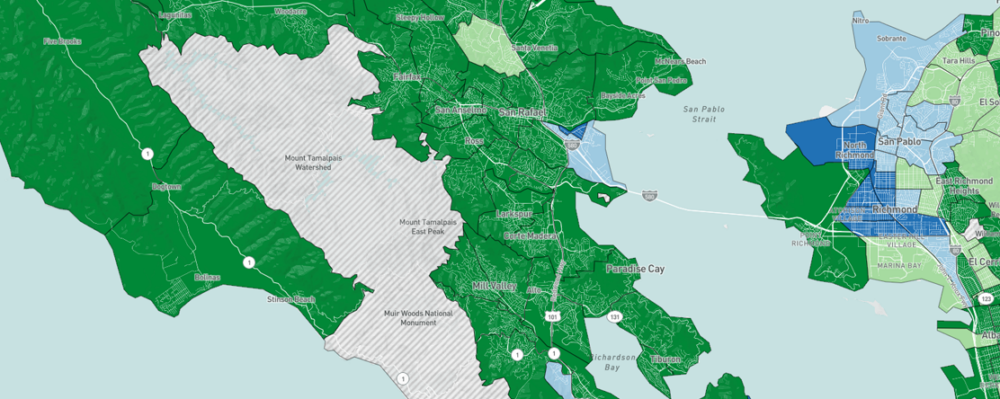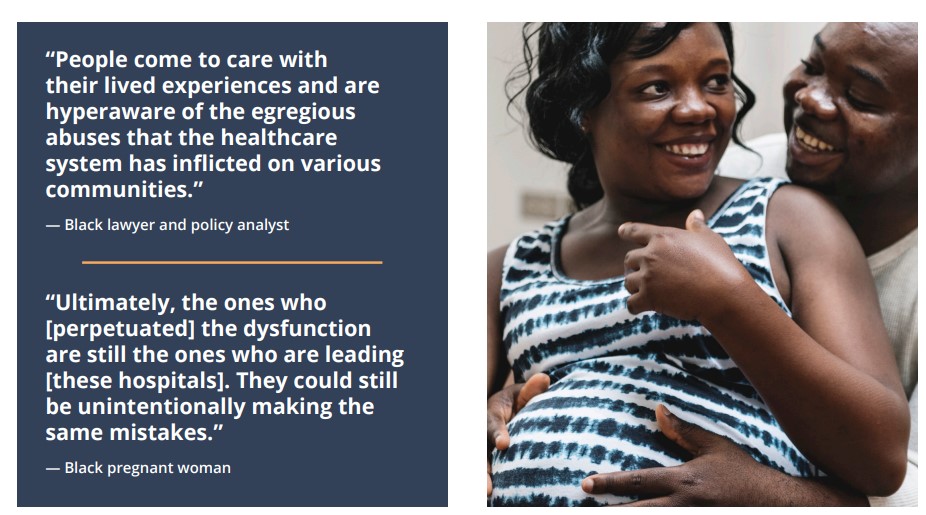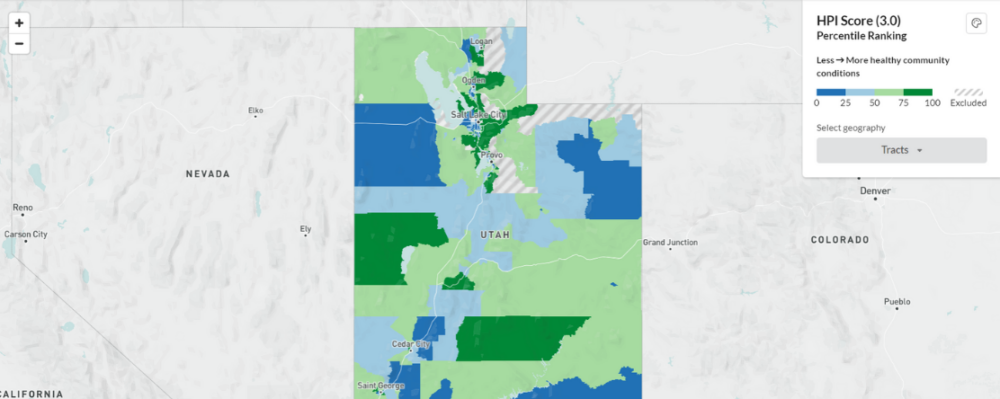
Report: Engaging Community Members and Key Stakeholders in the Development of a Birth Equity Hospital Designation
- Esther Priscilla Ebuehi
Dana Sherrod
Asaiah Harville

Safe births are becoming an increasingly rare privilege. While statistics on the disproportionately high rates of Black woman’s maternal morbidity and mortality are widely cited, conversations often stop short of acknowledging the legacy of institutional racism that persists to this day.
Hospitals have a role in redressing these inequities to create avenues for safer births for the communities they serve, but there is a lack of standardization in the way hospital care is evaluated in the US, with the greatest deficit seen in the realm of equitable data collection and analysis. These deficits can be remedied by adopting institutional practices that center Black women and birthing people, as they are most impacted by these disparities.
This report, from Cherished Futures for Black Moms and Babies, identifies and informs the next steps in the creation of a birth equity hospital designation in California. Cherished Futures is a joint initiative of Communities Lifting Communities, PHI’s Public Health Alliance of Southern California and the Hospital Association of Southern California.
This report used an online survey for community members to share thoughts on the feasibility of a birth equity hospital designation. Researchers conducted 12 key informant interviews and 3 focus group discussions over the course of a year, engaging with 30 people including clinicians, researchers, birth justice advocates, and community members to explore their perspectives on a birth equity hospital designation. In addition to sharing their general feelings about hospital designations, interviewees also shared specific recommendations for an improved birth equity hospital designation methodology.
This report details the findings from a comparative analysis and highlights key themes from interviews and focus groups with experts from the field. It also provides a foundation for the development of a birth equity designation framework for hospitals, and these findings give insight into the need for stronger, intentional, non-hierarchical partnerships between hospitals and the communities they serve.

Findings
In order to assess which clinical and nonclinical metrics are being used to evaluate hospital care, 10 of the country’s leading evaluation systems were analyzed and compared their metrics against Cherished Futures’ domains of systems-level change: clinical, data, institutional, and community. (Cherished Futures hospital teams use these four domains to inform the interventions they implement during their two-year cohort experience)
Of the 10 hospital evaluation systems analyzed, this comparative analysis identified the following trends:
- 7 of 10 do not explicitly address racial equity
- 9 out of 10 do not explicitly address birth equity
- 9 of 10 do not evaluate data collection and analysis with regard to racial justice or birth equity
- 5 of 10 do not evaluate institutional policies with regard to racial justice or birth equity
- 5 of 10 do not evaluate community partnerships with regard to racial justice or
birth equity
This comparative analysis reflects current research in the field: standardized measures are lacking across hospital evaluation systems in the US, and few have standalone indicators to measure health disparities. The greatest deficit seen in hospital evaluation systems is regarding data collection and analysis, which is expected considering the persistent issue of disparate, uncoordinated data in hospital systems across the country.
There is a lack of safety felt by Black women in the healthcare system. Black women’s stress is exacerbated by having to navigate a system that is unfamiliar, and at times hostile to them.Smith KL, Shipchandler F, Kudumu M, DaviesBalch S, Leonard SA.
Maternal Child Health Journal. 2022
There’s a growing public awareness that there are unique risks [that Black patients face], so knowing that hospitals are putting inPublic health professional
lace unique mitigation strategies absolutely creates peace of mind.
It depends on where [the birth equity designation] comes from and what the parameters are. The community is used to being bamboozled so a healthy amount of skepticism is fair.Black doula
A designation, once communities recognize it as a marker for equitable health providers, may function as a tool to manage or assuage initial fears or apprehension.Black lawyer and policy analyst
Key Takeaways for Hospitals
There are many approaches hospitals can take to foster institutional accountability and trust within their community. According to the stakeholders who were interviewed during Phase II and III of this project, an ideal birth equity hospital designation should be rooted in the principles of reproductive justice. This means that, at the outset, the designation must be developed with intention and with input from community members.
A designation developed with a reproductive justice lens requires that:
- data is disaggregated by race and ethnicity in order to identify racial disparities;
- clinical protocols are updated to mitigate existing racial disparities;
- institutional policies are created to foster cultural humility (internally and externally); and
- clinicians are involved in community power-building to foster trust-building.
A birth equity designation can give hospitals the opportunity to improve practices within the domains of data evaluation, clinical protocols, institutional policies, and community partnerships. However, a birth equity designation should not be upheld as the only approach a hospital can undertake in order to advance birth equity. As participants have mentioned, hospital executive leadership, clinical staff, and administrative staff must be committed to long-term changes within their departments in order for these improvements to last (i.e., sustaining staff turnover and/or fluctuations in funding).
More about Cherished Futures
Cherished Futures for Black Moms & Babies (Cherished Futures) is a multi-sector collaborative effort to reduce Black infant and maternal inequities and improve patient experiences for Black birthing people in Los Angeles County. Cherished Futures leads a collaborative between hospitals, public health, health plans, and community members to improve care delivery and experiences by centering Black mothers and birthing people. It is a joint initiative of PHI’s Public Health Alliance of Southern California, Communities Lifting Communities, and the Hospital Association of Southern California. Cherished Futures is one of the few maternal health initiatives bridging the gap between local hospitals and Black community leaders in LA County.
Originally published by Cherished Futures for Black Moms & Babies
Work With Us
You change the world. We do the rest. Explore fiscal sponsorship at PHI.
Support Us
Together, we can accelerate our response to public health’s most critical issues.
Find Employment
Begin your career at the Public Health Institute.


